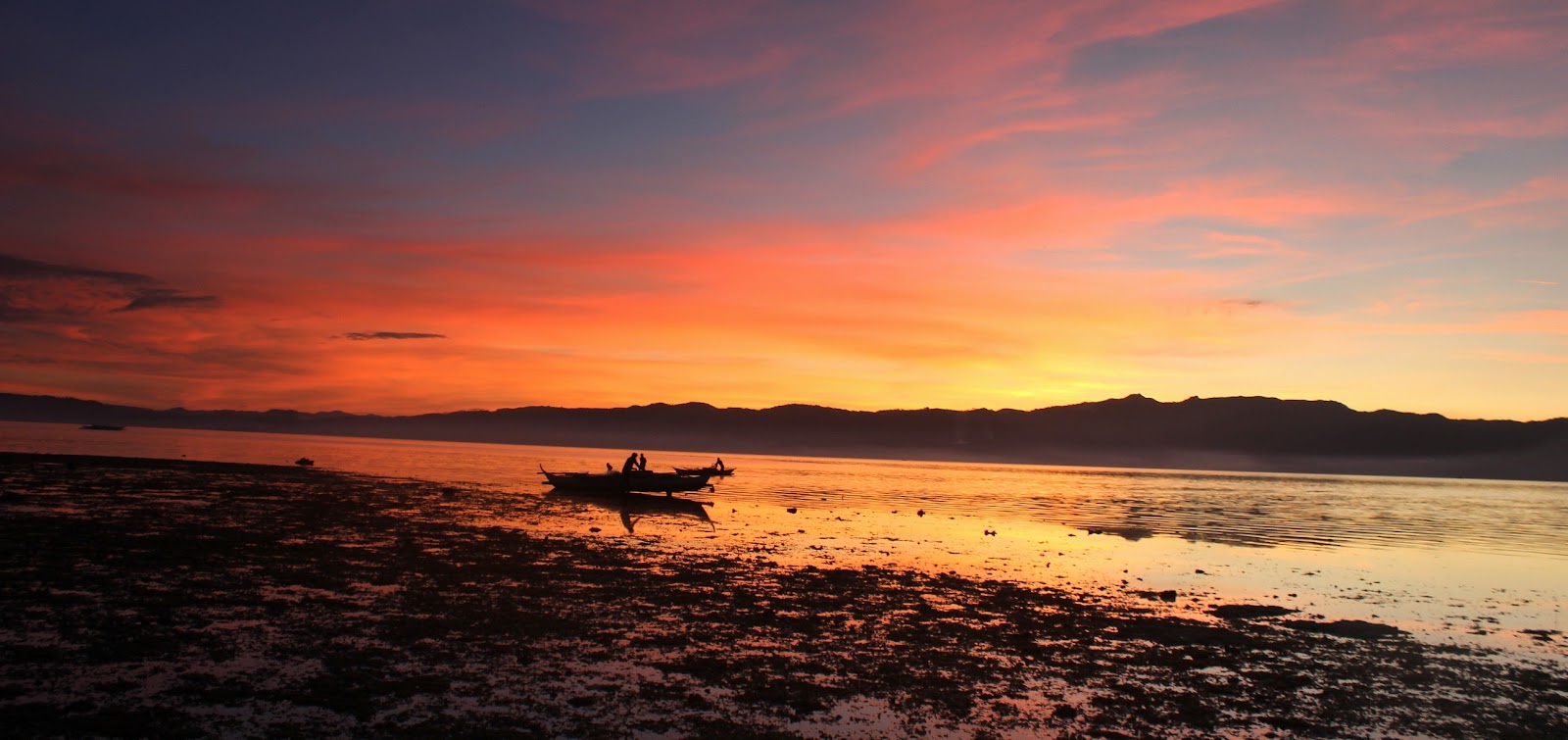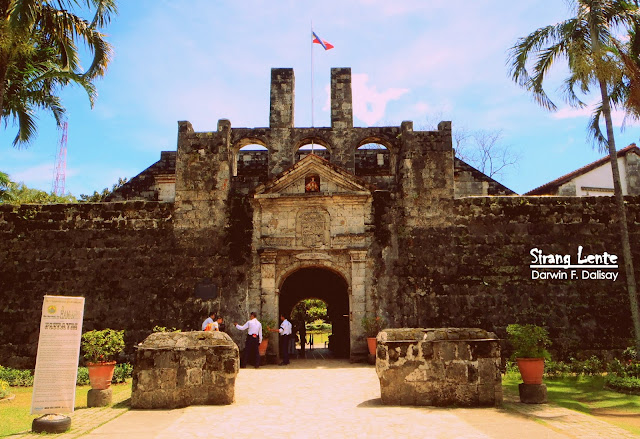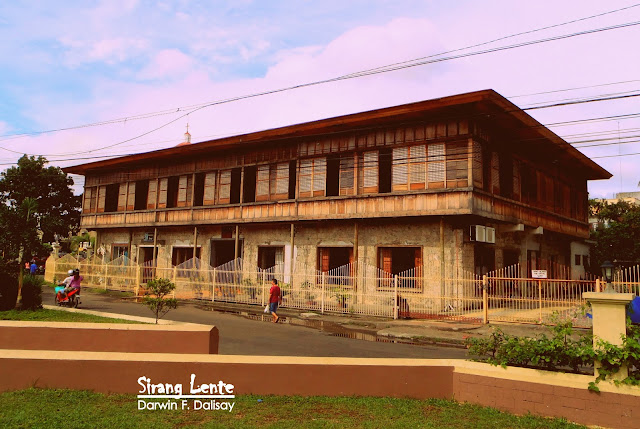
A few days after my solo backpacking at the Museum of the Filipino People, it is the second part of Oktubre ang Buwan ng mga Museo. These two buildings of the National Museum of the Philippines are just a few steps away from each other. Also, they both have historical values in the country and played a huge part in preserving and restoring the ancient and modern artifacts of the Philippines.









